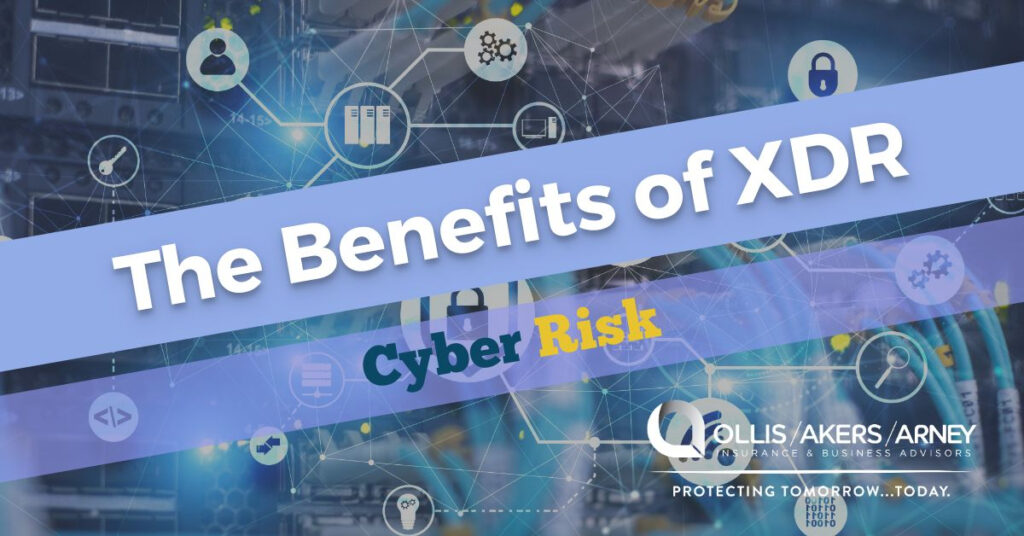Extended detection and response (XDR) is a cybersecurity solution that offers businesses end-to-end visibility, detection, investigation and response across multiple security layers. XDR is an evolution of endpoint detection and response (EDR)—a cybersecurity offering that continuously monitors threat information and endpoint data to detect and respond to ransomware and other types of malware. However, EDR can only detect and respond to threats inside managed endpoints, which limits the scope of threats that can be detected. In contrast, XDR goes beyond the capabilities of EDR by analyzing all security layers and offering companies a more holistic view of potential threats. By utilizing extended visibility, analysis and response across endpoints, workloads, users and networks, XDR can help businesses reduce their blind spots, detect cyber exposures faster and jump-start threat remediation. Additional benefits of XDR include the following:
- Greater visibility and context—Threats that utilize legitimate ports and protocols can often slip past system defenses undetected. With XDR, businesses can see threats on any security layer and better understand how a cyberattack happened, how it spread and who was affected.
- Improved prioritization—As cyberthreats continue to rise, it can be difficult for companies to keep up with security alerts. XDR can help prioritize threats by grouping related alerts across the framework and presenting the most important ones.
Enhanced automation—XDR’s automation abilities allow businesses to handle a large volume of data and consistently execute complex processes. - Elevated response sophistication—XDR can tailor specific systematic responses to minimize the overall impact of affected endpoints. Further, since XDR is continuously monitoring the technology landscape, it enables companies to respond to threats faster.
In an increasingly complex threat landscape, XDR solutions can provide businesses with flexible and efficient security enforcement and remediation. For more risk management guidance, contact us today.
This Cyber Risks & Liabilities newsletter is not intended to be exhaustive nor should any discussion or opinions be construed as legal advice. Readers should contact legal counsel or an insurance professional for appropriate advice. © 2023 Zywave, Inc. All rights reserved.


